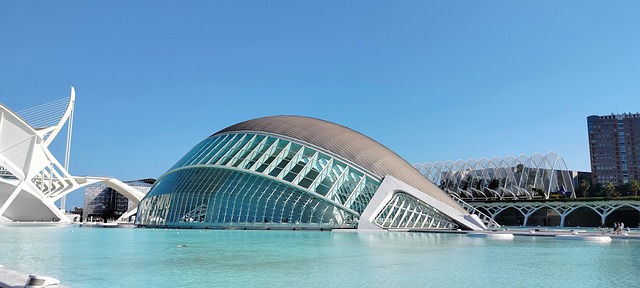In an increasingly interconnected world, the demand for immersive translations has never been greater. With the rapid advancements in technology, particularly in Virtual Reality (VR), Augmented Reality (AR), and the burgeoning concept of the Metaverse, we stand on the brink of a transformative era in communication and translation.
Imagine donning a VR headset and being instantly transported to a bustling marketplace in Marrakech, feeling the warmth of the sun while simultaneously receiving translated audio of local vendors. This is not just a fantasy; it’s the potential reality with immersive translations. The technology allows users to engage with content in a three-dimensional space, providing a deeper understanding of language and culture through an experiential lens.
Virtual Reality takes immersive translations to new heights by creating environments where one can practice languages in-context. VR platforms can simulate real-world scenarios—whether it’s ordering food in a foreign restaurant or navigating a museum filled with art from different eras. As users interact with these simulations, the translations become not just words on a screen, but experiences that evoke emotional connections and memories.
On the other hand, Augmented Reality offers a layer of information over the physical world. Picture walking through a city and using AR glasses to see translations of signage, menus, and cultural nuances seamlessly integrated into your field of vision. This real-time translation experience enhances one’s ability to comprehend and engage with the environment, making travel and communication much more accessible and enjoyable.
The Metaverse presents a unique canvas for immersive translations. As virtual spaces become more populated, developers have the opportunity to create environments where language barriers dissolve effortlessly. In the Metaverse, avatars from different cultural backgrounds can participate in shared activities, complete with real-time translations that facilitate communication like never before. This could foster global communities united by shared interests rather than hindered by misunderstandings.
Yet, while the prospects of these technologies are exciting, challenges remain. Achieving accurate translations that capture the essence and emotional undertones of languages is a monumental task. AI-driven solutions must continuously evolve to keep pace with linguistic nuances and cultural contexts, ensuring that what users experience is not just a direct translation, but a true reflection of meaning.
As we explore the future of immersive translations, the synergy of VR, AR, and the Metaverse will play a pivotal role in breaking down barriers and enriching our lives. These innovations not only have the potential to redefine how we learn languages and communicate but also to foster empathy and understanding across diverse cultures. With immersive translations, the world becomes a smaller, more connected place, where words transcend their boundaries and resonate with shared human experience.



